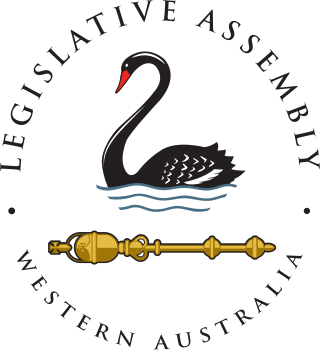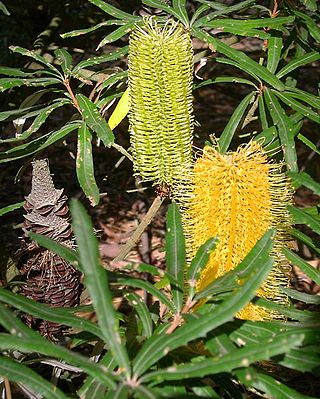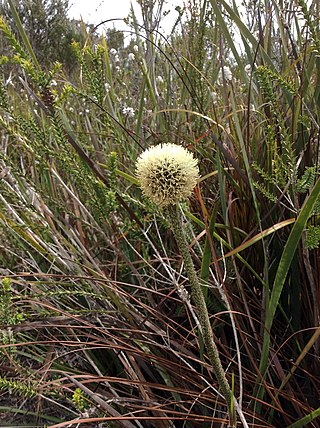
Perth is the capital and largest city of Western Australia and the fourth most populous city in Australia and Oceania, with a population of 2.2 million living in Greater Perth. Perth is part of the South West Land Division of Western Australia, with most of the metropolitan area on the Swan Coastal Plain between the Indian Ocean and the Darling Scarp. The city has expanded outward from the original British settlements on the Swan River, upon which the city's central business district and port of Fremantle are situated. Perth is located on the traditional lands of the Whadjuk Noongar people, where Aboriginal Australians have lived for at least 45,000 years.

Western Australia is a state of Australia occupying the western third of the land area of Australia, excluding external territories. It is bounded by the Indian Ocean to the north and west, the Southern Ocean to the south, the Northern Territory to the north-east, and South Australia to the south-east. Western Australia is Australia's largest state, with a total land area of 2,527,013 square kilometres (975,685 sq mi). It is the second-largest country subdivision in the world, surpassed only by Russia's Sakha Republic. As of 2021, the state has 2.76 million inhabitants—11 percent of the national total. The vast majority live in the south-west corner; 79 percent of the population lives in the Perth area, leaving the remainder of the state sparsely populated.

Carpet sharks are sharks classified in the order Orectolobiformes. Sometimes the common name "carpet shark" is used interchangeably with "wobbegong", which is the common name of sharks in the family Orectolobidae. Carpet sharks have five gill slits, two spineless dorsal fins, and a small mouth that does not extend past the eyes. Many species have barbels.

The Western Australian Legislative Assembly, or lower house, is one of the two chambers of the Parliament of Western Australia, an Australian state. The Parliament sits in Parliament House in the Western Australian capital, Perth.

Wobbegong is the common name given to the 12 species of carpet sharks in the family Orectolobidae. They are found in shallow temperate and tropical waters of the western Pacific Ocean and eastern Indian Ocean, chiefly around Australia and Indonesia, although one species occurs as far north as Japan. The word wobbegong is believed to come from an Australian Aboriginal language, meaning "shaggy beard", referring to the growths around the mouth of the shark of the western Pacific.

The Government of Western Australia, formally referred to as His Majesty's Government of Western Australia, is the Australian state democratic administrative authority of Western Australia. It is also commonly referred to as the WA Government or the Western Australian Government. The Government of Western Australia, a parliamentary constitutional monarchy, was formed in 1890 as prescribed in its Constitution, as amended from time to time. Since the Federation of Australia in 1901, Western Australia has been a state of the Commonwealth of Australia, and the Constitution of Australia regulates its relationship with the Commonwealth. Under the Australian Constitution, Western Australia ceded legislative and judicial supremacy to the Commonwealth, but retained powers in all matters not in conflict with the Commonwealth.

UTC+08:00 is an identifier for a time offset from UTC of +08:00.

Australia uses three main time zones: Australian Eastern Standard Time, Australian Central Standard Time and Australian Western Standard Time.

Dasypogonaceae is a family of flowering plants based on the type genus Dasypogon, one that has traditionally not been commonly recognized by taxonomists; the plants it contains were usually included in the family Xanthorrhoeaceae. If valid, Dasypogonaceae includes four genera with 16 species. The family is endemic to Australia. The best known representative is Kingia australis.

James Drummond was an Australian botanist and naturalist who was an early settler in Western Australia.

The states and territories are the federal states and territories that make up the first administrative divisions of Australia. They are ruled by regional governments that constitute the level of governance between the federal government and local governments. States are self-governing polities that are to some extent sovereign, having ceded some sovereign rights at federation such that the total sovereign power of Australia is shared by the state and federal governments. They also have their own constitutions, legislatures, departments, and certain civil authorities that administer and deliver most public policies and programs. Territories can be autonomous and administer local policies and programs much like the states in practice, but are still legally subordinate to the federal government.

Australia, officially the Commonwealth of Australia, is a sovereign country comprising the mainland of the Australian continent, the island of Tasmania, and numerous smaller islands. Australia is the largest country by area in Oceania and the world's sixth-largest country. Australia is the oldest, flattest, and driest inhabited continent, with the least fertile soils. It is a megadiverse country, and its size gives it a wide variety of landscapes and climates, with deserts in the centre, tropical rainforests in the north-east, tropical savannas in the north, and mountain ranges in the south-east.

Banksia seminuda, commonly known as the river banksia, is a tree in the plant genus Banksia. It is found in south west Western Australia from Dwellingup (32°42′ S) to the Broke Inlet east of Denmark (34°57′ S). It is often mistaken for, and was originally considered a subspecies of, the Banksia littoralis. Stephen Hopper described the subspecies remanens as a short-leaved shrubby form found in the coastal sands below granite outcrops in the Walpole-Nornalup National Park, however George does not feel this form warrants taxonomic recognition as it lies within the normal variability of the species and there was no clear distinction between it and the other populations of B. seminuda.

The tasselled wobbegong is a species of carpet shark in the family Orectolobidae and the only member of its genus. It inhabits shallow coral reefs off northern Australia, New Guinea, and adjacent islands. Reaching 1.8 m (5.9 ft) in length, this species has a broad and flattened body and head. Its most distinctive trait is a fringe of branching dermal flaps around its head, which extends onto its chin. The fringe, along with its complex color pattern of small blotches and reticulations, enable it to camouflage itself against the reef environment.

Dasypogon is a genus of flowering plants in the family Dasypogonaceae. It includes three species, all endemic to Western Australia.

Dasypogon bromeliifolius, commonly known as pineapple bush, is a species of shrub in the family Dasypogonaceae native to Western Australia.
Dasypogon hookeri, commonly known as pineapple bush, is a species of shrub in the family Dasypogonaceae native to Western Australia.

Dasypogon is a genus of robber flies in the family Asilidae. There are at least 80 described species in Dasypogon.

Kensington bushland reserve is a significant remnant of Swan Coastal Plain vegetation, that has been reserved in the suburb of Kensington, in Perth, Western Australia, by the state government.


















